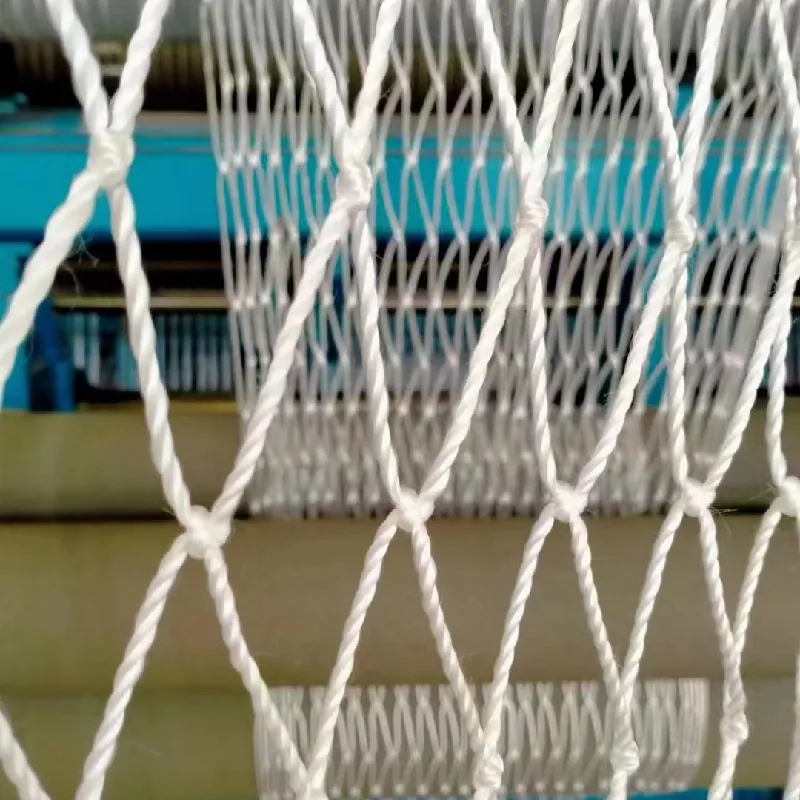-
 Afrikaans
Afrikaans -
 Albanian
Albanian -
 Amharic
Amharic -
 Arabic
Arabic -
 Armenian
Armenian -
 Azerbaijani
Azerbaijani -
 Basque
Basque -
 Belarusian
Belarusian -
 Bengali
Bengali -
 Bosnian
Bosnian -
 Bulgarian
Bulgarian -
 Catalan
Catalan -
 Cebuano
Cebuano -
 China
China -
 Corsican
Corsican -
 Croatian
Croatian -
 Czech
Czech -
 Danish
Danish -
 Dutch
Dutch -
 English
English -
 Esperanto
Esperanto -
 Estonian
Estonian -
 Finnish
Finnish -
 French
French -
 Frisian
Frisian -
 Galician
Galician -
 Georgian
Georgian -
 German
German -
 Greek
Greek -
 Gujarati
Gujarati -
 Haitian Creole
Haitian Creole -
 hausa
hausa -
 hawaiian
hawaiian -
 Hebrew
Hebrew -
 Hindi
Hindi -
 Miao
Miao -
 Hungarian
Hungarian -
 Icelandic
Icelandic -
 igbo
igbo -
 Indonesian
Indonesian -
 irish
irish -
 Italian
Italian -
 Japanese
Japanese -
 Javanese
Javanese -
 Kannada
Kannada -
 kazakh
kazakh -
 Khmer
Khmer -
 Rwandese
Rwandese -
 Korean
Korean -
 Kurdish
Kurdish -
 Kyrgyz
Kyrgyz -
 Lao
Lao -
 Latin
Latin -
 Latvian
Latvian -
 Lithuanian
Lithuanian -
 Luxembourgish
Luxembourgish -
 Macedonian
Macedonian -
 Malgashi
Malgashi -
 Malay
Malay -
 Malayalam
Malayalam -
 Maltese
Maltese -
 Maori
Maori -
 Marathi
Marathi -
 Mongolian
Mongolian -
 Myanmar
Myanmar -
 Nepali
Nepali -
 Norwegian
Norwegian -
 Norwegian
Norwegian -
 Occitan
Occitan -
 Pashto
Pashto -
 Persian
Persian -
 Polish
Polish -
 Portuguese
Portuguese -
 Punjabi
Punjabi -
 Romanian
Romanian -
 Russian
Russian -
 Samoan
Samoan -
 Scottish Gaelic
Scottish Gaelic -
 Serbian
Serbian -
 Sesotho
Sesotho -
 Shona
Shona -
 Sindhi
Sindhi -
 Sinhala
Sinhala -
 Slovak
Slovak -
 Slovenian
Slovenian -
 Somali
Somali -
 Spanish
Spanish -
 Sundanese
Sundanese -
 Swahili
Swahili -
 Swedish
Swedish -
 Tagalog
Tagalog -
 Tajik
Tajik -
 Tamil
Tamil -
 Tatar
Tatar -
 Telugu
Telugu -
 Thai
Thai -
 Turkish
Turkish -
 Turkmen
Turkmen -
 Ukrainian
Ukrainian -
 Urdu
Urdu -
 Uighur
Uighur -
 Uzbek
Uzbek -
 Vietnamese
Vietnamese -
 Welsh
Welsh -
 Bantu
Bantu -
 Yiddish
Yiddish -
 Yoruba
Yoruba -
 Zulu
Zulu
netting to keep birds out
Netting to Keep Birds Out An Effective Solution
Birds can be a delightful part of nature, but they can also become a nuisance in various settings, particularly in agriculture and urban environments. Whether it’s crop destruction, health concerns due to disease transmission, or the sheer mess created by droppings, the need to keep birds at bay has sparked the development of various deterrent strategies. One of the most effective and widely used solutions is netting.
Netting to Keep Birds Out An Effective Solution
In agricultural settings, bird netting can be a game-changer. Crops such as grapes, cherries, and strawberries are particularly vulnerable to bird predation. By installing bird netting over these crops, farmers can protect their harvests, ensuring a richer yield and reducing economic losses. In addition to protecting crops, netting allows for proper airflow and sunlight penetration, which is crucial for healthy plant growth. This means that the use of bird netting does not negatively impact plant health while providing an effective deterrent.
netting to keep birds out

In urban areas, bird netting serves different purposes. Rooftop gardens, balconies, and outdoor dining spaces often attract birds looking for food, leading to potential health risks and cleanliness issues. By implementing netting, property owners can create bird-free zones, promoting a more pleasant and hygienic environment for residents and customers alike. Moreover, bird netting can prevent nests from forming in unwanted places, thus mitigating the risk of damage that bird nesting can cause to buildings and infrastructure.
While the benefits of bird netting are substantial, it is important to choose the right type for your specific needs. Factors such as the local bird population, the environment where the netting will be installed, and the timeframe for which protection is needed all play a crucial role in making the right selection. It’s also vital to ensure that the installation does not negatively impact non-target species or create hazards for wildlife.
In conclusion, netting is a practical and humane approach to keeping birds out of areas where they are not wanted. By safeguarding crops and maintaining urban spaces, bird netting provides an effective solution that addresses the challenges posed by birds. As the world increasingly recognizes the importance of sustainable practices, the use of bird netting stands out as an eco-friendly method to manage human-wildlife interactions effectively. With proper installation and maintenance, netting can become a long-term solution in protecting both our agricultural bounty and urban sanctuaries from our feathered friends.
-
Shipping Plastic Bags for Every NeedNewsJul.24,2025
-
Safety Netting: Your Shield in ConstructionNewsJul.24,2025
-
Plastic Mesh Netting for Everyday UseNewsJul.24,2025
-
Nylon Netting for Every UseNewsJul.24,2025
-
Mesh Breeder Box for Fish TanksNewsJul.24,2025
-
Expanded Steel Mesh Offers Durable VersatilityNewsJul.24,2025











